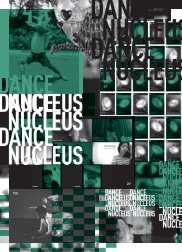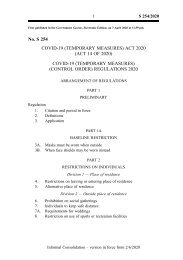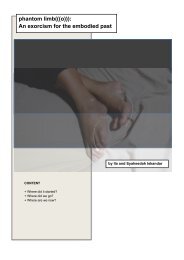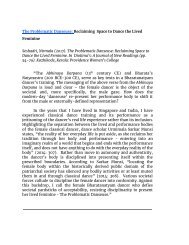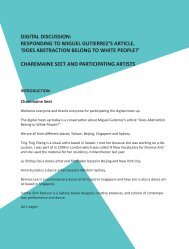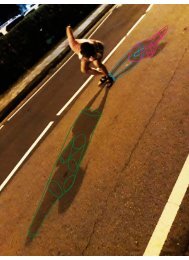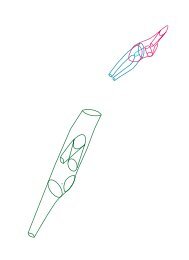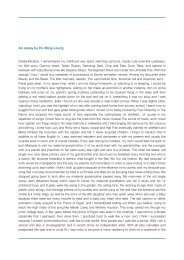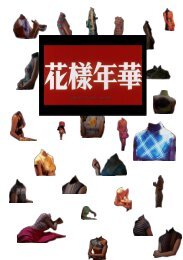Hermansyah Brotherhood
- No tags were found...
Create successful ePaper yourself
Turn your PDF publications into a flip-book with our unique Google optimized e-Paper software.
AL ALBAB Volume 7 Number 1 June 2018<br />
home. 19<br />
In regulating social relations, the traditional communities of West Kalimantan<br />
have customary law. Customary law is still applied by some Malay communities,<br />
very closely related to the Dayak customary law. For example, in rural<br />
communities of West Kalimantan, particularly in Hulu Gurung, Kapuas Hulu<br />
District, they recognize the term of the customary law namely pamar darah.<br />
The pamar darah penalties apply to a person or group of people who create<br />
a rowdy atmosphere and shock people; for example someone walking in the<br />
middle of the village carrying a machete or other weapon while shouting. The<br />
perpetrator will be subject to certain customary sanctions. These customary<br />
laws have prevented fights or vigilante actions. Among the Dayak Landak<br />
people, they have a similar custom called Pamabakng custom which is made<br />
to resist various acts of violence (Kristianus, 2009: 121).<br />
CHALLENGES<br />
The Malay collective memory lives in a vibrant sphere of life. Therefore, changes<br />
due to external influences or the drive from within is inevitable. There are<br />
many things that affect the collective memory of a community. At least there<br />
are four things that are very influential on the collective memory of Malays<br />
in West Kalimantan namely, social segregation, modernization, politics, and<br />
religion. For a long time, local Muslims who converted to Islam –and gained<br />
a new identity as Malay--made new settlements separate from the original.<br />
Thus geographically the Dayaks and the Malays have long been separated<br />
from each other. Almost no more heterogeneous villages exist --in terms of<br />
a relatively balanced number of Dayaks and Malays-- in West Kalimantan.<br />
Although there are some, but one can hardly find villages inhabited together<br />
by the Malays and the Dayaks. There are indeed Dayak villages in which some<br />
Malay people live or vice versa. The social separation of the Dayaks and the<br />
Malays has begun during the Dutch colonial era, as mentioned in the previous<br />
section, for the purposes of running public administration and daily social<br />
communication of the general public, and to support the spread of Christianity<br />
to indigenous people labeled as Dayak people.<br />
It must also be stated that there are other situations among Dayaks who<br />
convert to Islam in Kalimantan. For example, Dayak Bakumpai people in<br />
Central Kalimantan and South Kalimantan still maintain their Dayak identity<br />
even though they are Moslems (Nasrullah, 2014) as the case of the Benuaq<br />
people in East Kalimantan (Yusriadi et al., 2012: 55). Likewise in Brunei, in<br />
the country’s constitution it is stated that the Malays consisted of the original<br />
19<br />
Compare to Fatmawati (2011: 145-146)<br />
[ 69 ]




